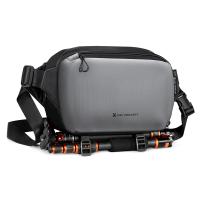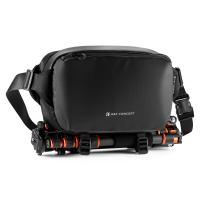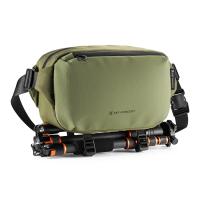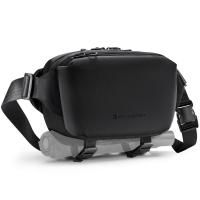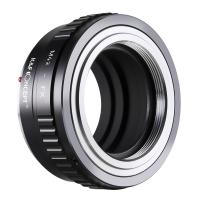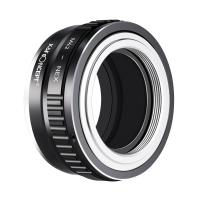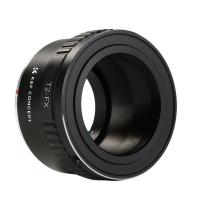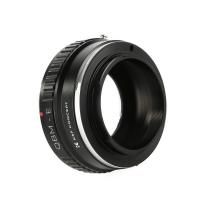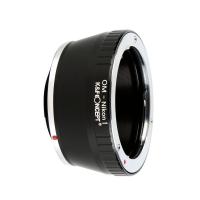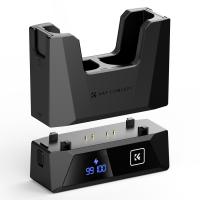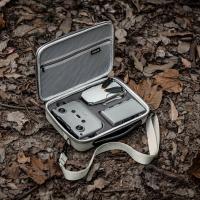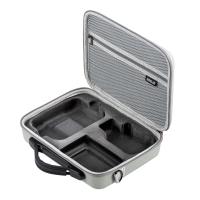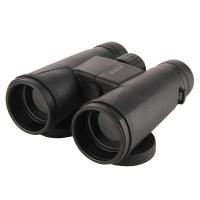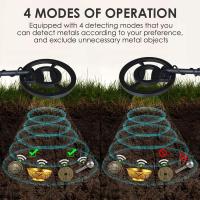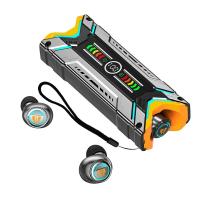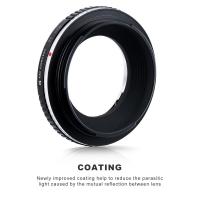How To Fly Drones?
Flying drones has become an increasingly popular hobby and professional activity, with applications ranging from aerial photography to agricultural monitoring. However, mastering the art of flying a drone requires understanding various aspects, including the types of drones, legal regulations, basic flying techniques, and safety measures. This article aims to provide a comprehensive guide to help you get started with flying drones, ensuring you have the knowledge and skills to operate them safely and effectively.
Understanding Different Types of Drones
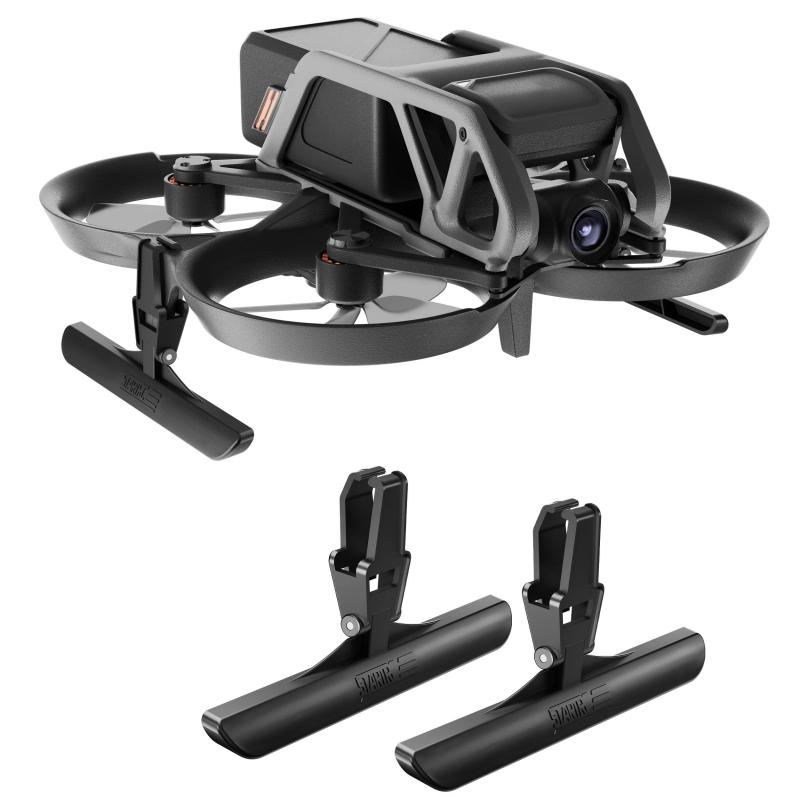
Before you start flying, it's essential to understand the different types of drones available on the market. Drones can be broadly categorized into the following types:
1. Toy Drones: These are small, inexpensive drones designed for beginners and children. They are easy to operate but have limited features and flight capabilities.
2. Camera Drones: These drones come equipped with high-quality cameras and are used primarily for photography and videography. They offer advanced features like GPS, obstacle avoidance, and automated flight modes.
3. Racing Drones: Built for speed and agility, racing drones are used in competitive drone racing. They require advanced flying skills and are often custom-built by enthusiasts.
4. Professional Drones: These are high-end drones used for commercial purposes, such as surveying, mapping, and agricultural monitoring. They offer advanced features and longer flight times.
Legal Regulations and Safety Guidelines
Flying a drone comes with legal responsibilities. Different countries have varying regulations regarding drone usage, so it's crucial to familiarize yourself with the rules in your area. Here are some general guidelines:
1. Registration: In many countries, drones above a certain weight must be registered with the relevant aviation authority.
2. No-Fly Zones: Avoid flying near airports, military bases, and other restricted areas. Use apps or maps that indicate no-fly zones.
3. Altitude Limits: Most countries have a maximum altitude limit for drone flights, usually around 400 feet (120 meters).
4. Line of Sight: Always keep your drone within your line of sight to avoid collisions and ensure control.
5. Respect Privacy: Do not fly over private property without permission and avoid capturing images or videos of people without their consent.
Basic Flying Techniques
Once you have a drone and are familiar with the regulations, it's time to learn the basics of flying. Here are some fundamental techniques to get you started:
1. Pre-Flight Checklist: Before taking off, ensure your drone is fully charged, the propellers are securely attached, and the firmware is up to date. Check the weather conditions and ensure the area is clear of obstacles.
2. Takeoff and Landing: Start by practicing takeoffs and landings. Find a flat, open area and slowly increase the throttle to lift off. To land, reduce the throttle gradually until the drone touches the ground.
3. Hovering: Practice hovering at a fixed altitude. This helps you get a feel for the controls and maintain stability.
4. Basic Maneuvers: Learn to move the drone forward, backward, left, and right. Practice making gentle turns and circles to improve your control.
5. Return to Home: Most drones have a "return to home" feature that automatically brings the drone back to its takeoff point. Familiarize yourself with this function in case of emergencies.
Advanced Flying Techniques
Once you're comfortable with the basics, you can move on to more advanced flying techniques:
1. GPS Mode: Use GPS mode for more stable flights, especially in windy conditions. This mode allows the drone to maintain its position using satellite signals.
2. Waypoint Navigation: Some drones allow you to set waypoints on a map for automated flight paths. This is useful for tasks like surveying large areas or capturing consistent footage.
3. Follow Me Mode: In this mode, the drone automatically follows a moving subject, such as a person or vehicle. This is great for capturing dynamic shots without manual control.
4. Orbit Mode: The drone circles around a specific point of interest, keeping the camera focused on the subject. This is useful for creating cinematic shots.
5. Manual Mode: For experienced pilots, manual mode offers complete control over the drone's movements without any automated assistance. This mode is used in drone racing and acrobatics.
Safety Measures
Safety should always be a priority when flying drones. Here are some essential safety measures to follow:
1. Avoid Crowded Areas: Do not fly over crowds or in busy areas where a malfunction could cause injury or damage.
2. Monitor Battery Levels: Keep an eye on your drone's battery levels and return to home before the battery runs out.
3. Check for Obstacles: Be aware of trees, power lines, and other obstacles that could interfere with your flight.
4. Emergency Procedures: Know how to quickly land your drone in case of an emergency, such as losing control or encountering strong winds.
5. Insurance: Consider getting insurance for your drone to cover potential damages or accidents.
Maintenance and Troubleshooting
Regular maintenance is crucial to keep your drone in good working condition. Here are some maintenance tips:
1. Clean the Drone: After each flight, clean the drone to remove dust, dirt, and debris. Pay special attention to the propellers and motors.
2. Inspect for Damage: Regularly check for any signs of wear and tear, such as cracks in the frame or damaged propellers. Replace any damaged parts immediately.
3. Firmware Updates: Keep your drone's firmware up to date to ensure optimal performance and access to new features.
4. Battery Care: Store batteries in a cool, dry place and avoid overcharging. Follow the manufacturer's guidelines for battery maintenance.
If you encounter any issues with your drone, refer to the user manual for troubleshooting tips. Common problems include connectivity issues, GPS signal loss, and motor malfunctions. If you're unable to resolve the issue, contact the manufacturer for support.
Flying drones can be a rewarding and enjoyable experience, whether you're a hobbyist or a professional. By understanding the different types of drones, adhering to legal regulations, mastering basic and advanced flying techniques, and following safety measures, you can ensure a safe and successful flight every time. Regular maintenance and troubleshooting will keep your drone in top condition, allowing you to capture stunning aerial footage and explore new perspectives. Happy flying!


